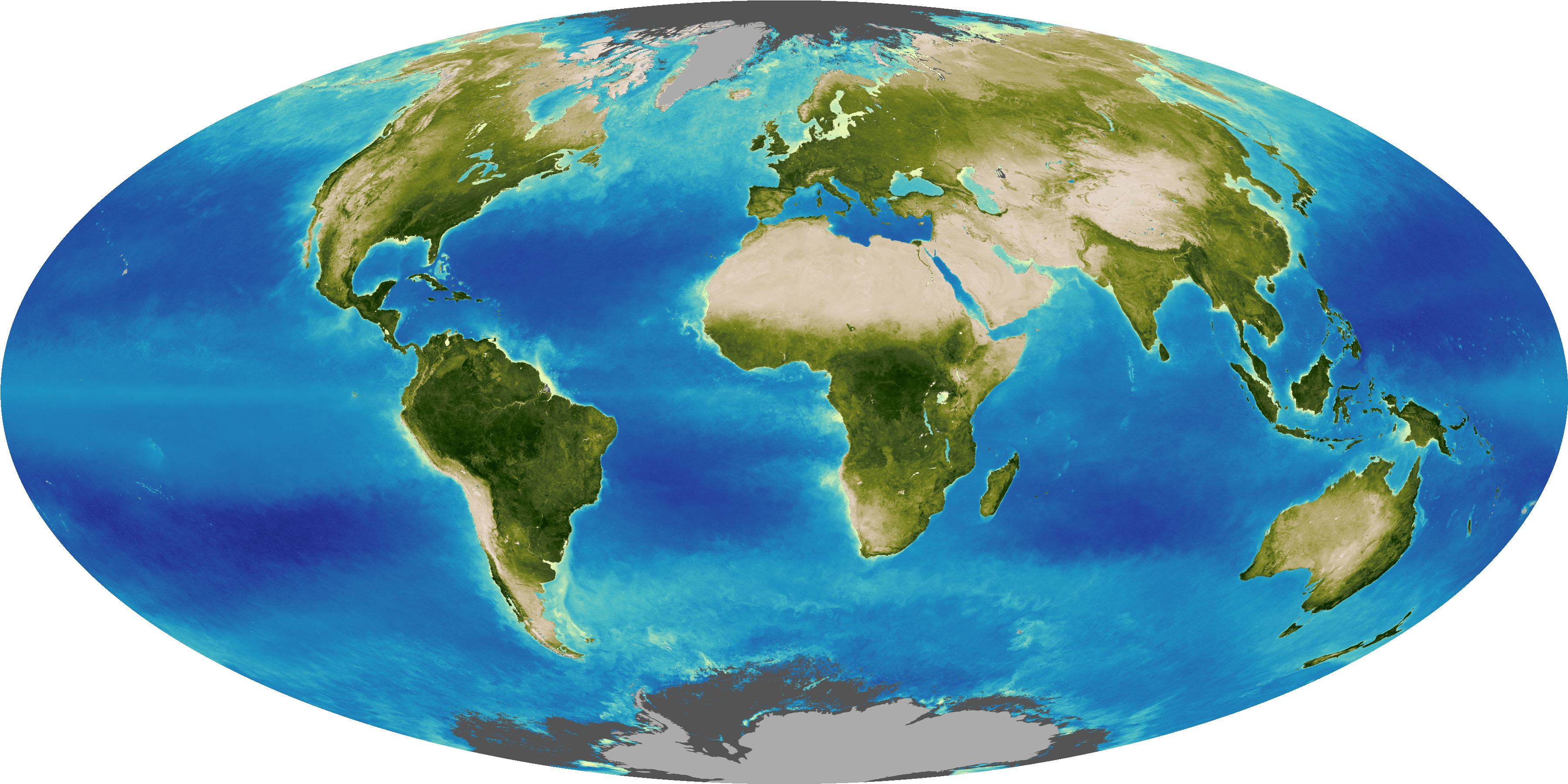Which measurement is more accurate: taking Earth’s surface temperature from the ground or from space?
Ground thermometers are considered more accurate than satellite measurements when it comes to tracking temperature, and here's why:
- Satellites don't directly measure temperature or the surface where people live. Instead, they measure the brightness of Earth's atmosphere. Scientists then use computer models to convert this brightness data into temperature information.
- To make matters more challenging, scientists gather brightness data from more than 16 different satellites. Think of it like receiving a box of puzzle pieces without a picture to guide you on how to complete the puzzle. Experts face a similar puzzle-solving task as they work with data from satellites that were launched in different decades since 1978. They must figure out how all these pieces fit together to create a coherent picture of Earth's temperature.
- Satellites measure the brightness of Earth's atmosphere at various altitudes. For instance, they capture data from the layer of air closest to where people live, roughly the height where birds and airplanes fly. Scientists then combine and analyze these measurements, extending to about 23,000 feet (approximately 7,000 meters) in the atmosphere.
In summary, while satellites provide valuable information about Earth's temperature, ground thermometers are considered more reliable because they directly measure the temperature where people reside. Satellite data require complex processing and modeling to convert brightness measurements into temperature readings, making ground thermometers a more direct and accurate source of temperature information for us.
Keep Exploring




